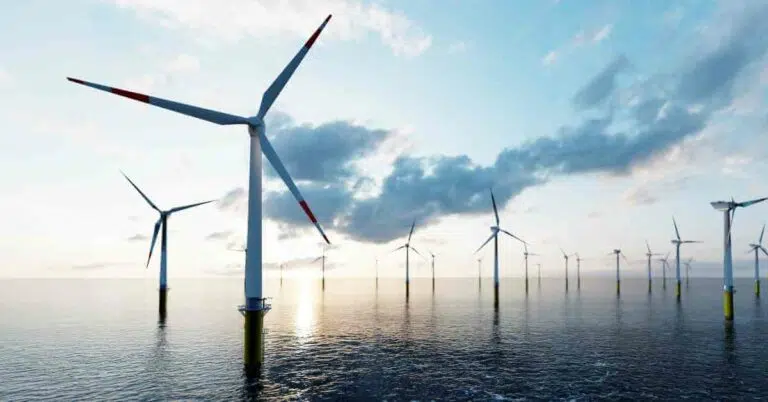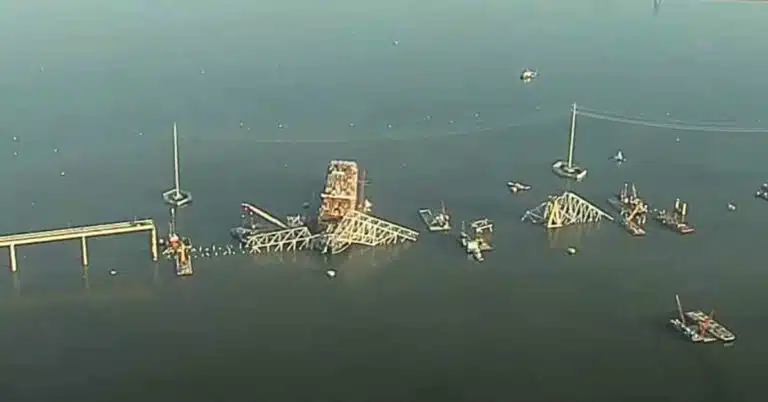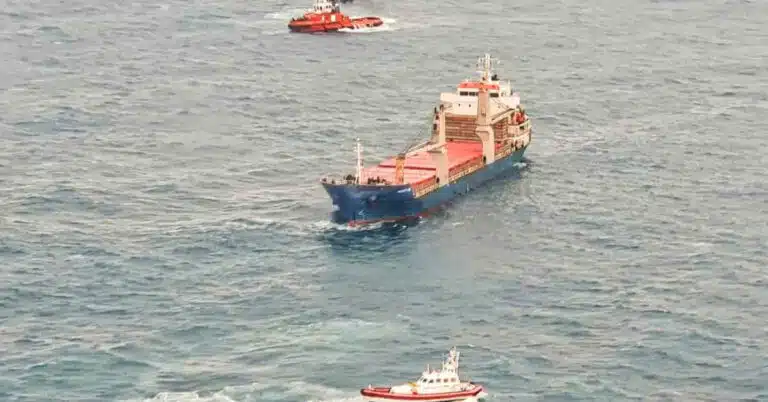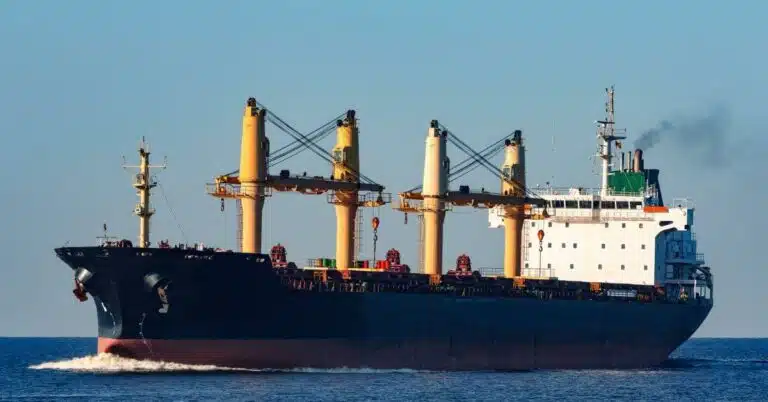AET & MISC’s Petroleum Arm To Develop World’s First Ammonia Dual-fuel Aframaxes
The world’s first two ammonia dual-fuel Aframax tankers had Time Charter Party Contracts signed by Malaysia’s tanker arm, MISC Berhad.

The world’s first two ammonia dual-fuel Aframax tankers had Time Charter Party Contracts signed by Malaysia’s tanker arm, MISC Berhad.

MOL is determined to equip its 75,000 DWT class LR1 product tanker with “Filtree System,” an onboard CO2 capture mechanism.

Denmark launched the largest offshore wind tender, offering zero subsidies to firms competing for the right to set up turbines on six sites.

Mercy Ships prepares for building a hospital vessel that will provide free surgery and training to thousands of African individuals.

Ten crew members were killed, after two Malaysian navy helicopters crashed in midair during a rehearsal for a Royal Malaysian Navy display.

The Royal Australian Navy has marked a significant milestone by revealing the first prototype of the “Ghost Shark.”

The Baltimore city leaders are accusing the owner and manager of the ship that led to the collapse of the Francis Scott Key Bridge.

The Italian Coast Guard has launched an investigation into a collision between the two ships off Sicily’s eastern coast, near Capo Passero.

The Bangladeshi-flagged cargo vessel MV Abdullah and its 23 crew members have arrived safely at Al Hamriya Port in Dubai.
"*" indicates required fields